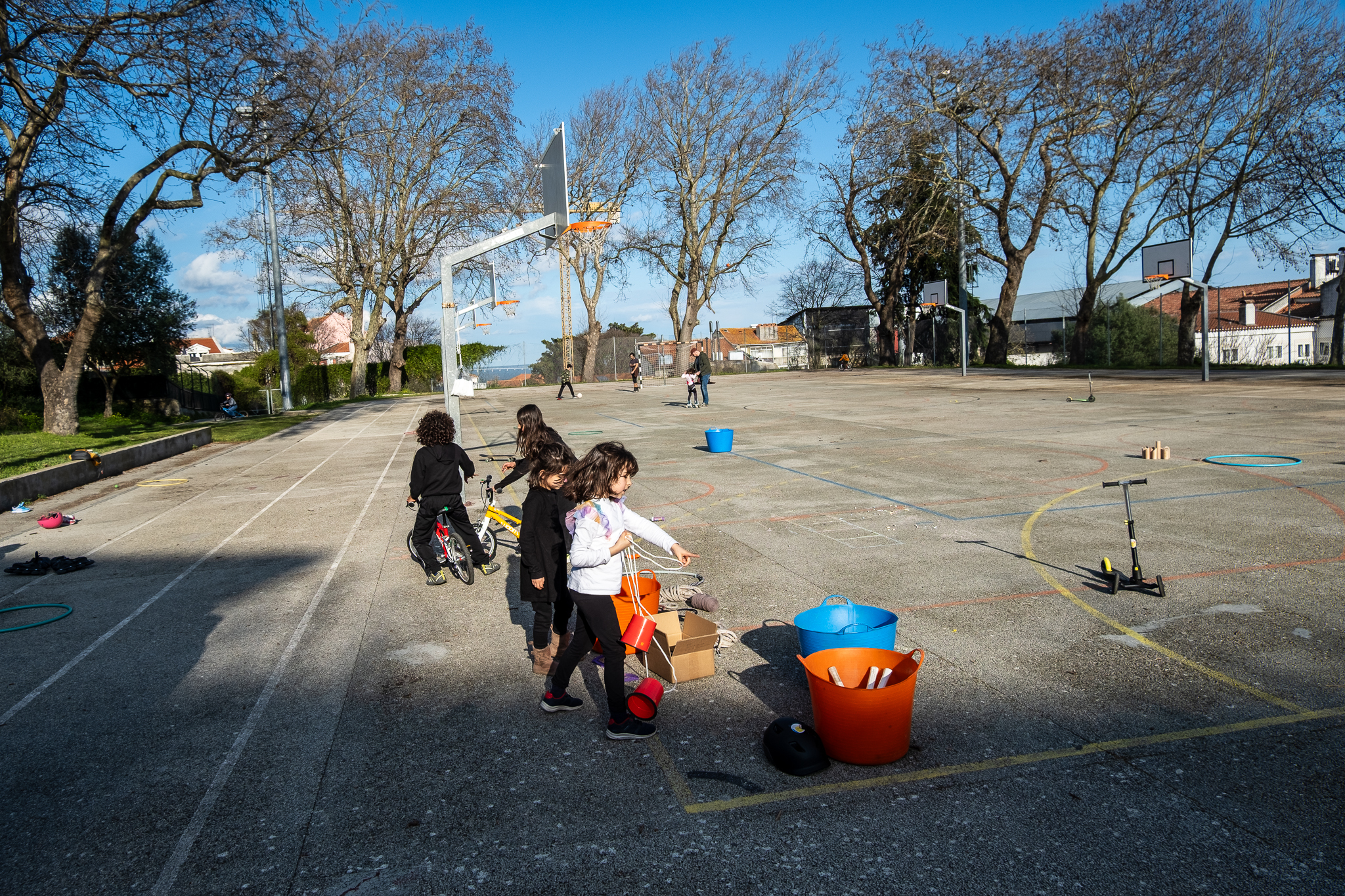The housing policies enacted over the last two hundred years in Portugal have indelibly shaped the cities, and it is particularly stimulating to observe what happened in Lisbon. This is the purpose of the exhibition "Housing Policies in Lisbon, from Monarchy to Democracy".

"The housing policies enacted in the last two centuries have indelibly shaped Portuguese cities, and it is possible to find neighborhoods promoted directly or indirectly by the State all over the national territory. Observing what happened in the city of Lisbon is particularly stimulating because, to some extent, to address Lisbon's experience is also to talk about the national case as a whole, in the sense that the measures implemented in the capital were often pioneering and influenced the rest of the country."
"Housing Policies in Lisbon, from Monarchy to Democracy" is the title of a photographic exhibition that takes us through the history of housing in Lisbon and helps us, through the past, to understand one of the greatest current crises of the city. The exhibition is organized by Lisbon's Municipal Archive, and can be visited at Palácio Pimenta, one of the City Museum's poles, located in Campo Grande.
The show - which opened in early February and will be on view until April 30 - presents the urban results of housing policies in the city, highlighting the practical and conceptual differences of the various policies enacted over the last two hundred years, particularly with regard to architectural choices, morphology, urban design, recipients, and location. It gives us an insight into the capital's abundant experience in housing and how interventions promoted by public and semi-public entities have contributed to the construction of Lisbon's urban landscape.
Organized by five distinct historical periods - from Constitutional Monarchy to Democratic Portugalthrough the First Republicby Military Dictatorship and the New State -, the exhibition invites us to learn about Lisbon's past with the support of photographs, blueprints, distribution maps, and models.
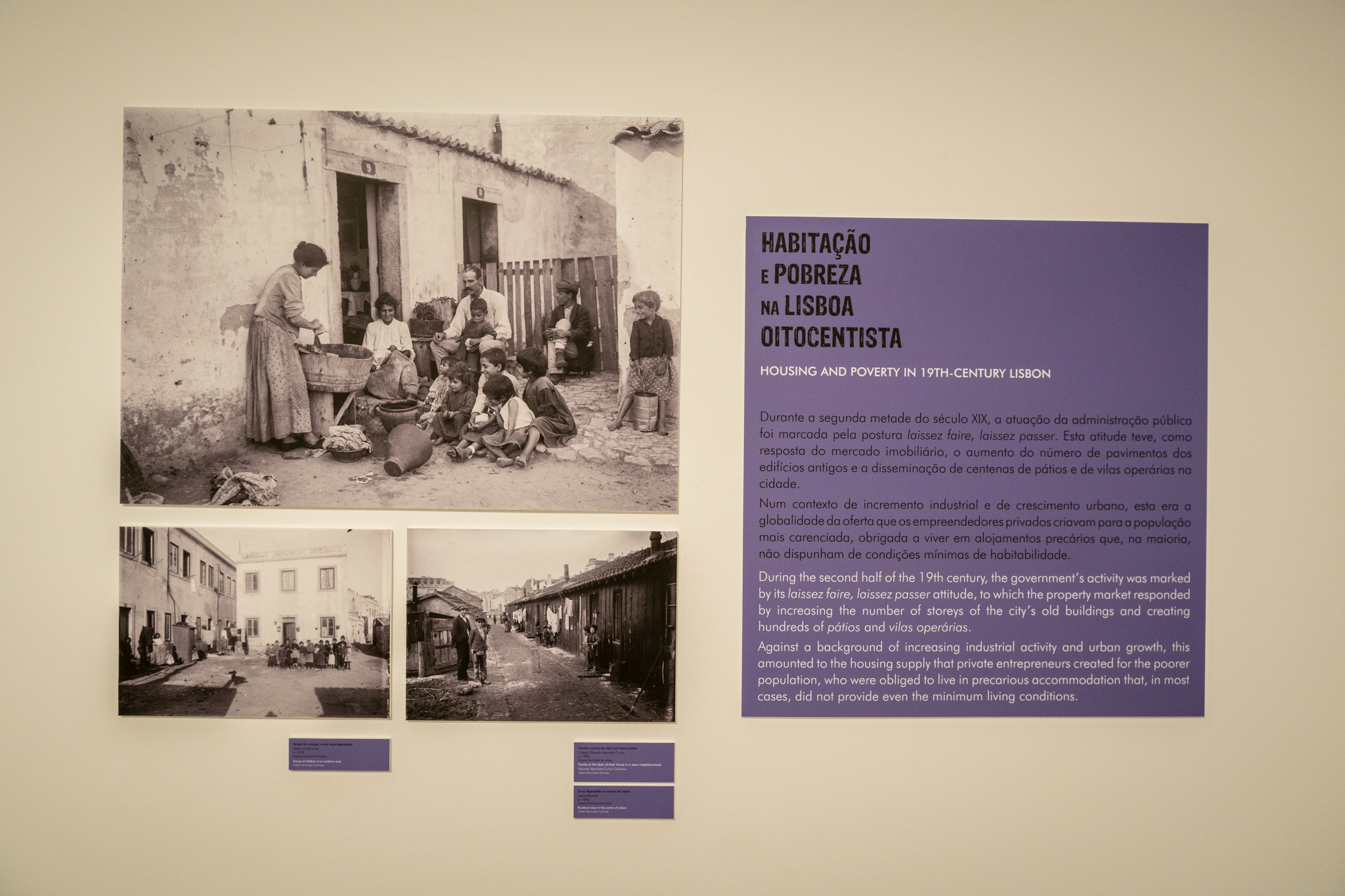
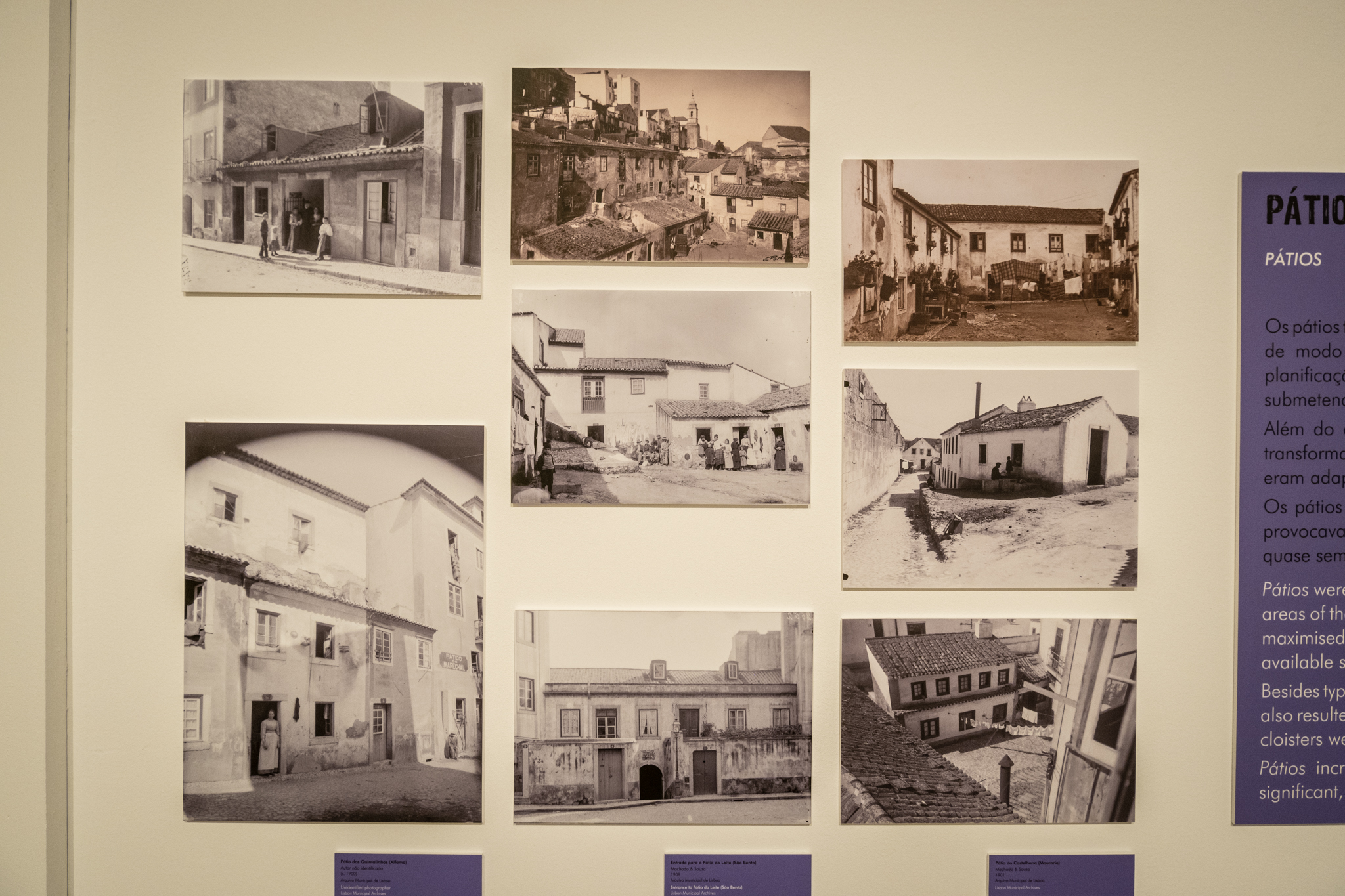
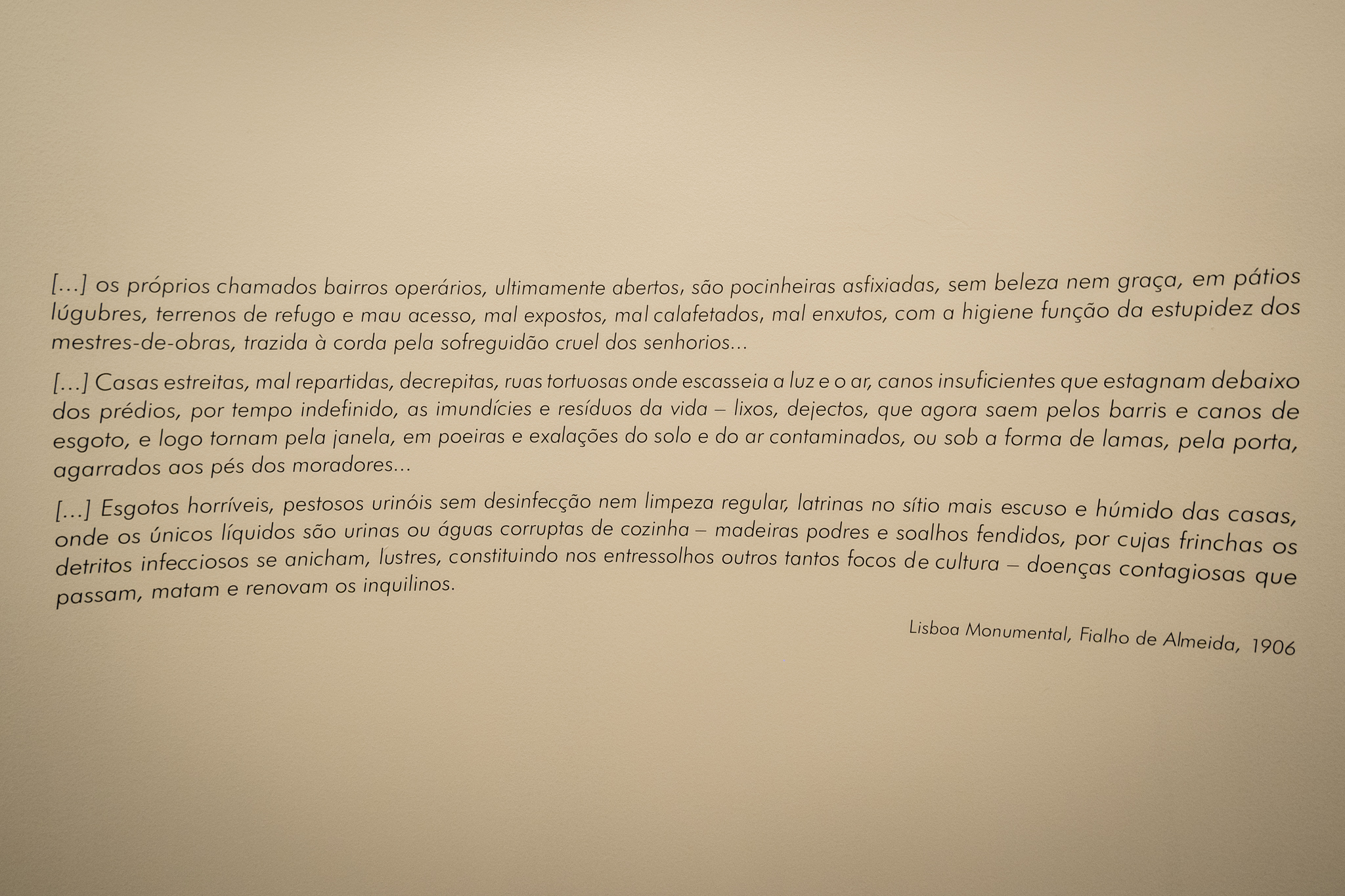


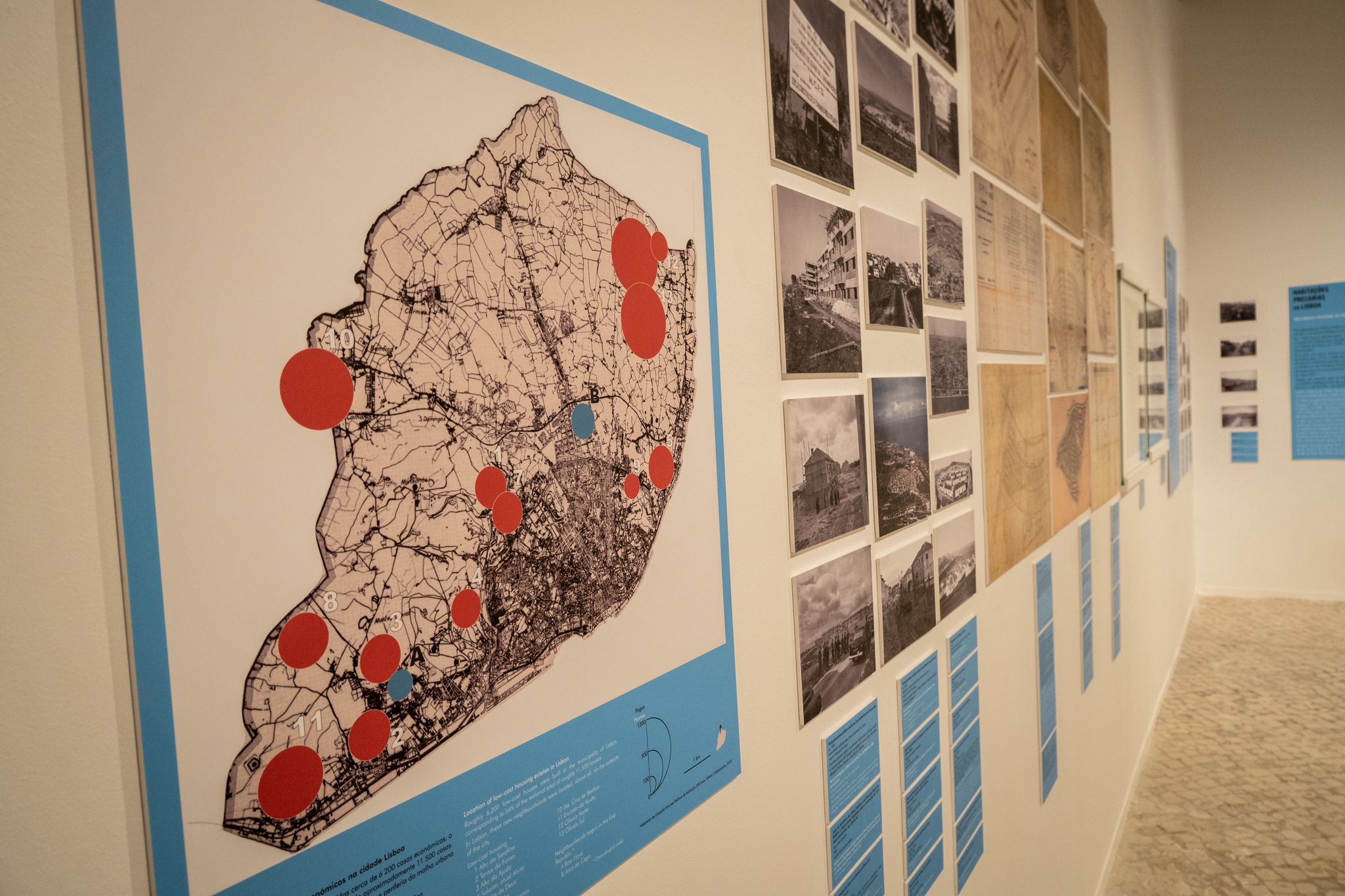

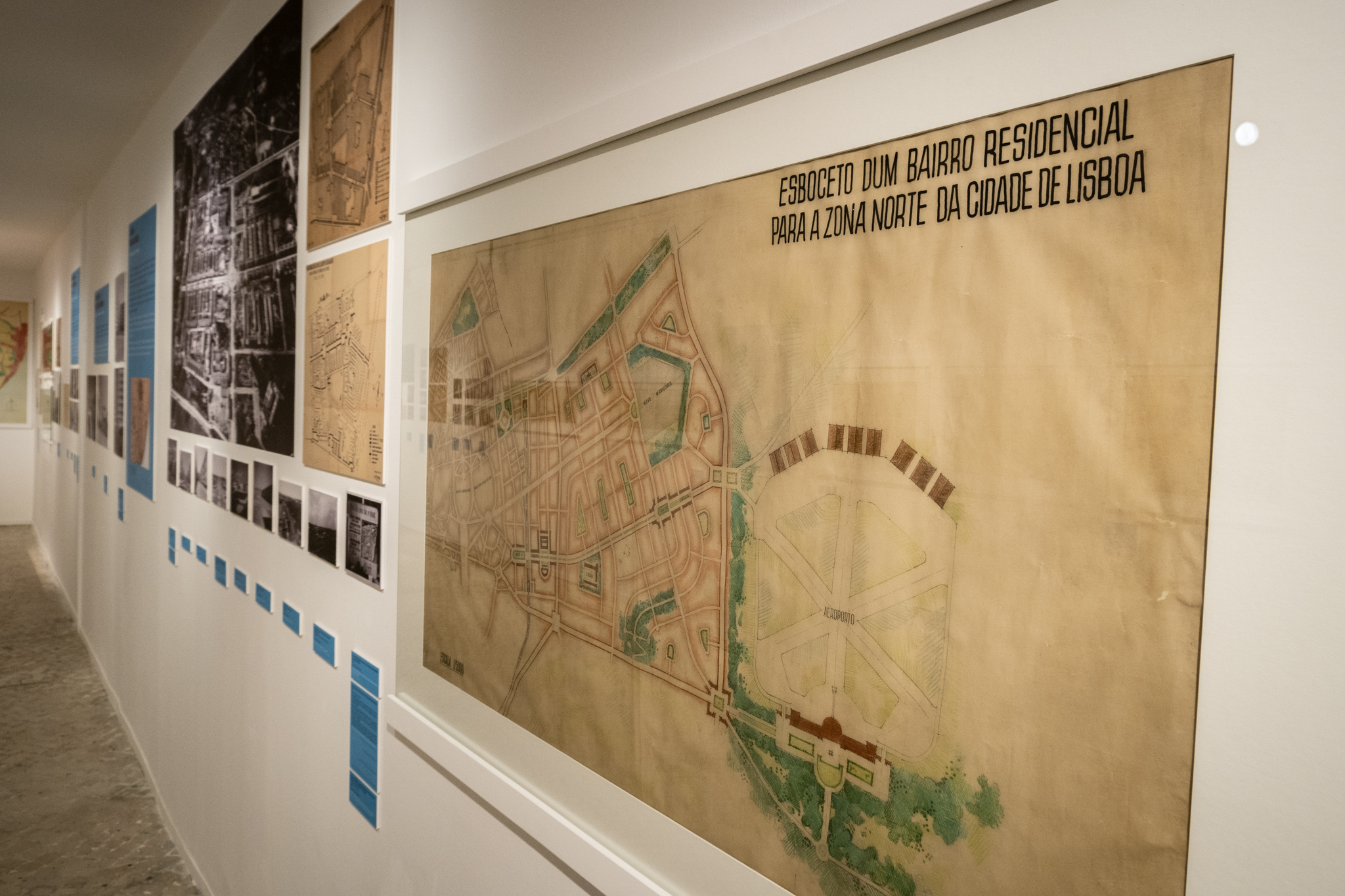
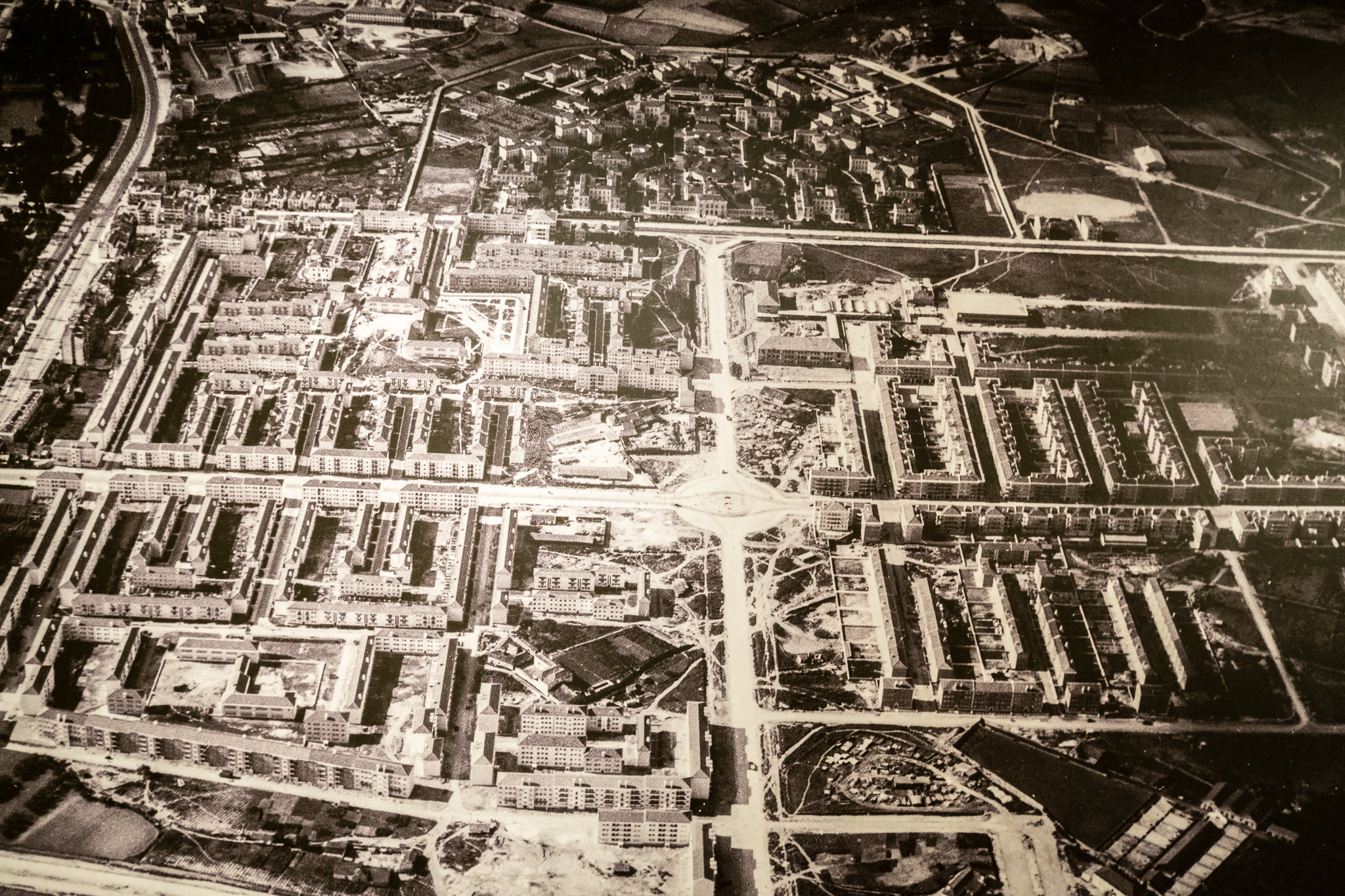
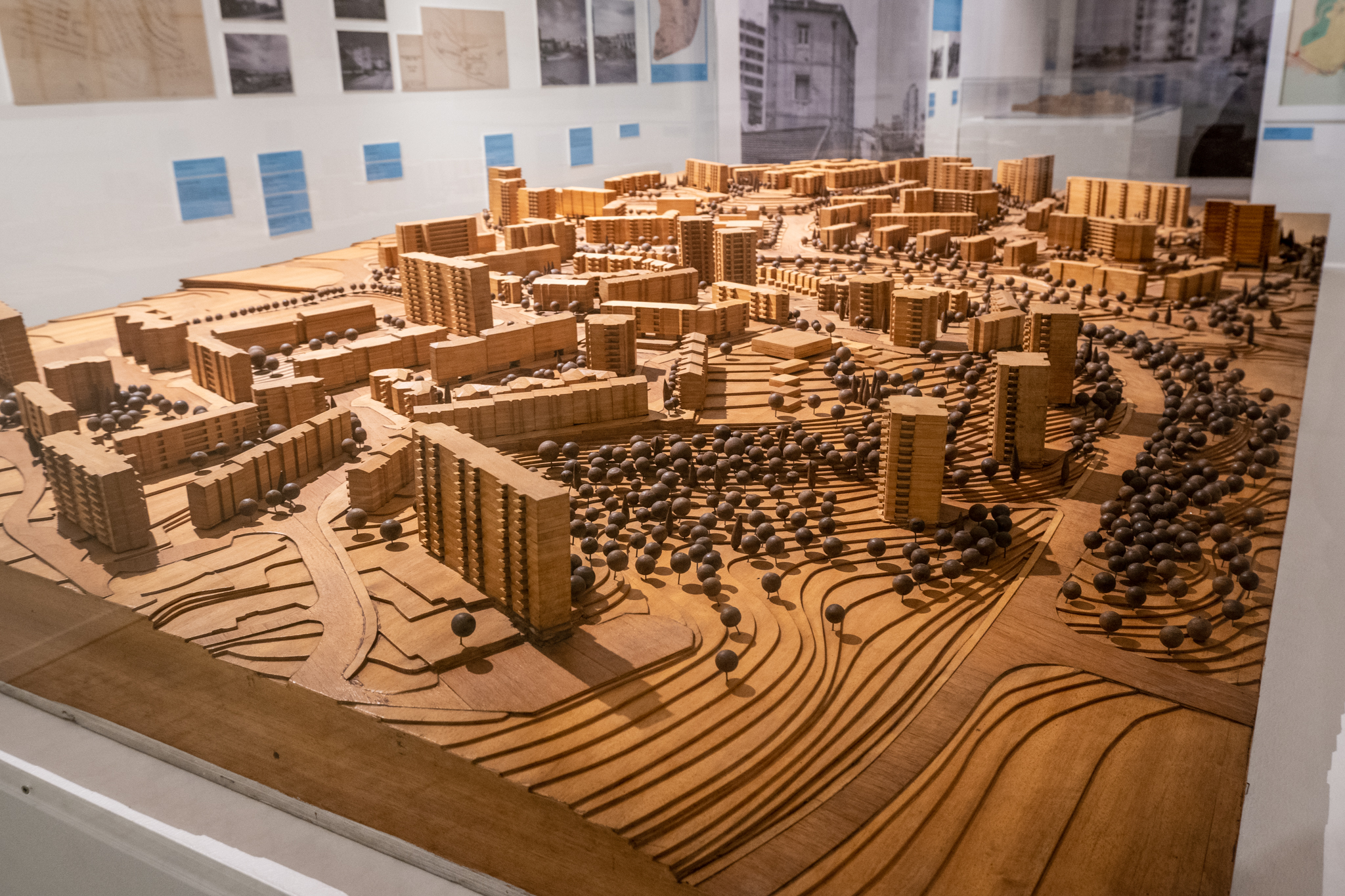

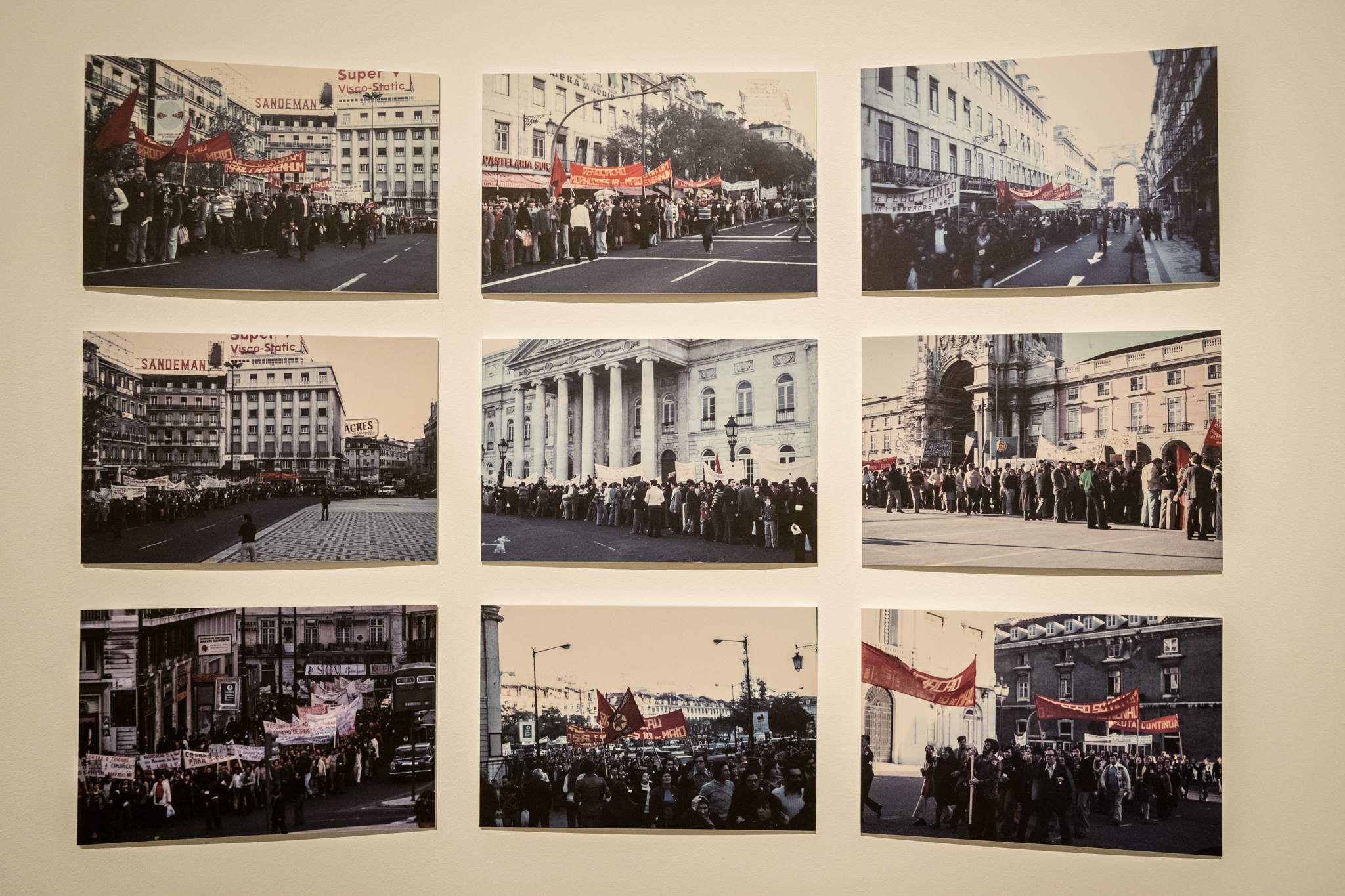


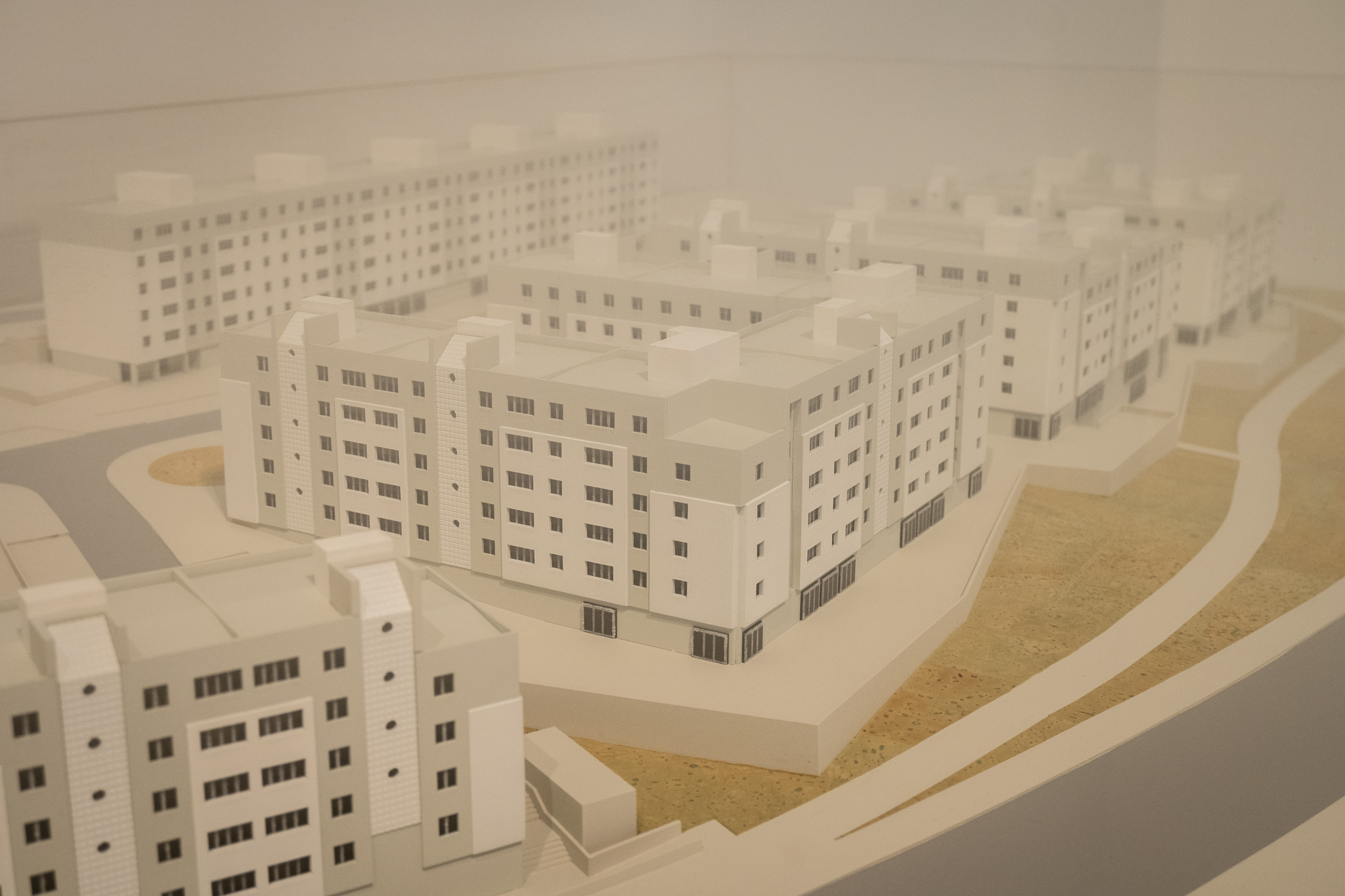
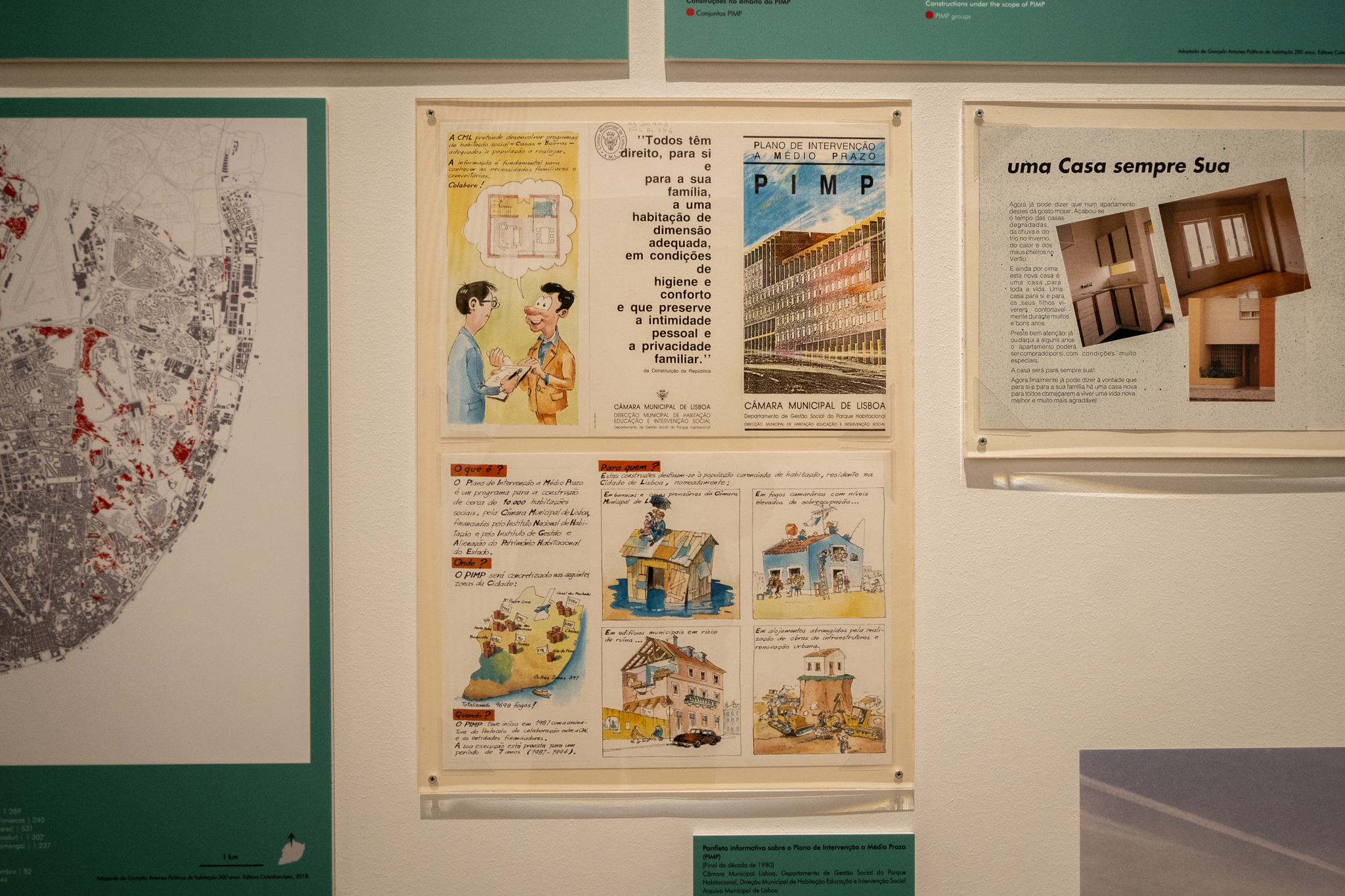
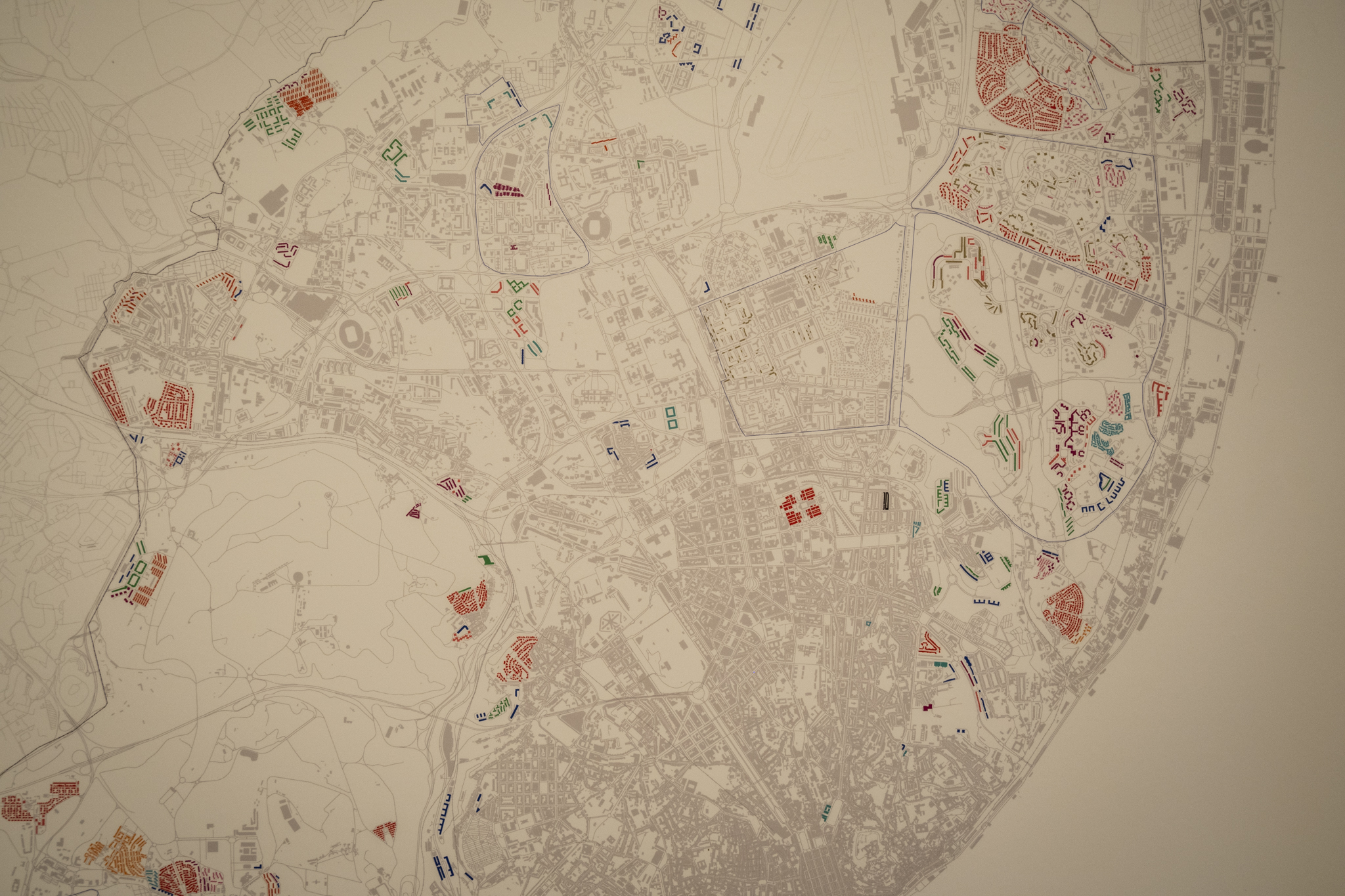
We travel through the poverty of 19th century Lisbon, through the proliferation of courtyards and workers' villages, we enter the first "social housing" policies, we explore the clandestine concentrations and precarious housing of the 20th century, we go through the investments of the Estado Novo regime, we talk about the "limited rent" and "economic rent" policies, we revisit EPUL - Empresa Pública de Urbanização de Lisboa, created in 1971, we go through the whole SAAL period, a historical landmark of the country's housing policies, and we talk about the re-housing programs of the late 20th century, such as the important PER - Programa Especial de Realojamento, from 1993.
Entry to the exhibition "Housing Policies in Lisbon, from Monarchy to Democracy" costs 3€ and gives access to the entire Museum of Lisbon (including the remaining sites besides the Palácio Pimenta). Young people up to 25 years old have a discount of 50%, and the residents in the municipality of Lisbon have free admission on Sundays and holidays until 2 pm.

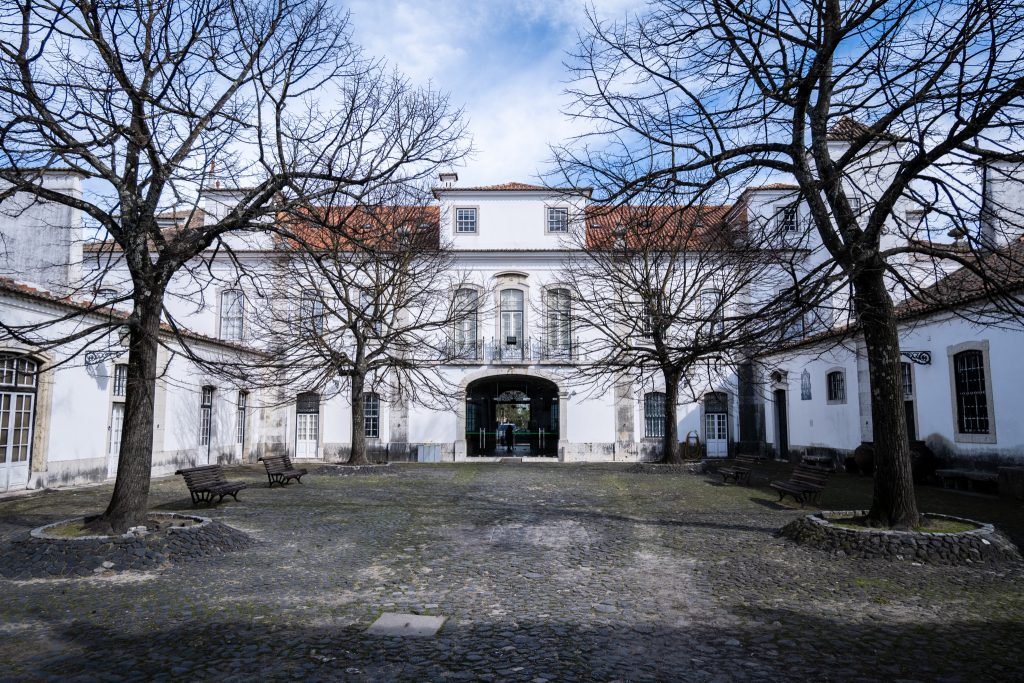
On March 11 and April 15, at 11 a.m., there are guided tours with the scientific curator, Gonçalo Antunes, from the Interdisciplinary Center of Social Sciences, of NOVA FCSH (Faculdade de Ciências Sociais e Humanas, Universidade Nova de Lisboa) - -. you can reserve a place here (each visit has an estimated duration of 1h30).
"Housing Policies in Lisbon, from Monarchy to Democracy" also counts with Helena Roseta (former Lisbon Councillor for Housing), João Seixas (CICS.NOVA-NOVA FCSH), Luís Baptista (CICS.NOVA-NOVA FCSH), Miguel Silva Graça (CITTA-UC), Nuno Pires Soares (CICS.NOVA-NOVA FCSH), Ricardo Santos (CEAU-FAUP), Sandra Marques Pereira (ISCTE-IUL) and Teresa Costa Pinto (ISCTE-IUL) in the scientific committee.
Housing Policies in Lisbon
The housing policies enacted in the last two hundred years in Portugal have indelibly shaped the cities, and it is particularly stimulating to observe what happened in Lisbon. In a way, approaching the experience of the capital allows us to reflect on the national case, since the measures implemented were often pioneering and influenced the rest of the country. The abundant experience of the capital in the housing field and the way the interventions promoted by public and semi-public entities contributed to the construction of the urban landscape of Lisbon have been revealed through elements such as architecture, morphology, or urban design.
Housing in the Constitutional Monarchy
During the Constitutional Monarchy, the housing issue dominated laissez faire, laissez passerIt was believed that the "invisible hand" of the market would eventually solve the problems in access to housing. In Lisbon, from the public entities there was nothing more than well-meaning ideas. The solution to the housing problem was left to the private sector, which took advantage of the population explosion to add floors and mansards to existing buildings, as well as to give housing use to stores, basements, old convent spaces and unoccupied palaces. At the end of the nineteenth century, patios were also disseminated in the patios of buildings and, in a somewhat more innovative way, workers' villages sprang up scattered throughout the urban fabric, especially near the industrial areas created in the meantime.
Housing in the First Republic
During the First Republic, in 1918, in the Sidonist interregnum, the first "social housing" policy was launched in Portugal. It was a measure that provided several benefits for private companies and cooperatives to build "affordable houses" with state support. In exchange, these entities should rent the houses at reduced prices.
"With Sidónio Pais deposed, a new housing policy emerged in 1919 with the goal of building "social housing quarters" in several cities around the country, in a model in which the public administration took over the entire process. The results of these measures were residual, with the construction of a small number of dwellings, promoted mainly by the public administration. In the case of Lisbon, examples are the Boa-Hora (Ajuda) and Arco do Cego neighborhoods, which after several setbacks during construction were inaugurated in mid-1930.
Housing in the Military Dictatorship
In the 1920s, the Lisbon City Hall prepared a survey of "clandestine concentrations". In this survey - the first of its kind carried out by the municipality - 78 clandestine centers were identified, with 11,174 dwellings and 41,796 residents, corresponding to about 8% of the Lisbon population.
The Military Dictatorship added little to housing policies, offering no solutions for the needy population, which had to continue to solve its own housing problems.
Housing in the New State
During this period several housing policies were promoted, most notably the affordable houses (1933), the demountable houses (1938), the houses for poor families (1945), the affordable rent (1945), the limited rent (1947), and the developments in North Olivais, South Olivais, and Chelas in the twilight of the regime. These measures influenced the urban landscape, in a first moment, with the construction of neighborhoods of economic houses, with single-family dwellings that appealed to a ruralist and vernacular atmosphere, followed by more elaborate urban plans, as in the case of Bairro de Alvalade, and, in a "last moment", in North and South Olivais and Chelas, already with the dominance of the modernist language.
About the housing policies of the Estado Novo, it can be said that they rarely left the corporative limits of the regime, so the urban programs were generally aimed at the middle class and, within this, at certain professional groups that were continuously privileged, leaving a substantial part of the population unprotected.
In the early 1970s, a survey by the Lisbon City Council indicated the existence of 197 precarious housing clusters, with a total of 18,986 dwellings, in which about 22,000 families lived.
Housing in Democratic Portugal
After the April Revolution, in 1974, the Local Ambulatory Support Service (SAAL) was created, suspended a few years later, but which left, until today, an important mark in the city and in the way housing policies are constituted.
In 1990 (14 years after the Constitution of the Portuguese Republic came into force) it was estimated that in the municipality of Lisbon there were about 200 slums with about 25,000 houses and 70,000 residents. In the transition between the 1980's and 1990's important socio-territorial transformations took place, with the Medium Term Intervention Program (PIMP), in 1987, and the Special Re-housing Program (PER), in 1993. Both allowed the construction of about 20,000 new public housing units, rehousing the population that lived in the old precarious housing quarters. The PER, in particular, was the last major housing program and, from the quantitative point of view, the most important in the history of Portuguese housing policies.










